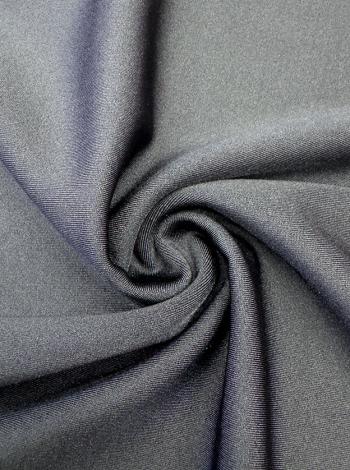In the world of sportswear, the choice of Sportswear Fabric is as important as the design itself. From moisture wicking to elasticity, breathability, and durability, Sportswear Fabric plays a vital role in enhancing an athlete's performance and overall experience. As fitness and sportswear technology evolves, so does the demand for smart, functional fabrics.
What is Sportswear Fabric?
Sportswear fabric refers to textiles used in garments that are specifically designed for physical activity, exercise, or competitive sports. Unlike everyday apparel fabrics, Sportswear Fabric is designed to support movement, regulate body temperature, wick away perspiration, and withstand body stress.
Key properties of Sportswear Fabric
- Moisture wicking: This property allows the fabric to absorb sweat from the body to the surface of the garment, where it can evaporate. Common moisture-wicking fabrics include hydrophobically treated polyester and nylon blends.
- Breathability: Breathable fabrics facilitate air circulation and help keep the body cool during exercise. Mesh fabrics or micro-perforations are often used to enhance breathability in critical sweat areas.
- Stretch and Flexibility: Fabrics such as spandex or elastane (often blended with other fibers) have good elasticity to support the body in a full range of motion. This is critical for activities such as yoga, running and high-intensity interval training.
- Lightweight: Lightweight fabrics lighten the load on the body and improve speed and agility. Modern microfiber technology helps minimize fabric weight while maintaining performance.
- Durability: Athletic apparel must withstand repeated use, stretching, and washing. Fabrics are often reinforced to prevent tearing, pilling, and color fading.
- Anti-odor and antimicrobial properties: Some fabrics are treated with silver ions or other substances that inhibit bacterial growth and reduce odors.
Common Sportswear Fabric Types
- Polyester: Durable, lightweight, breathable and quick-drying, polyester is the most commonly used synthetic fiber in sportswear.
- Nylon: Nylon is known for its toughness and softness, abrasion resistance, and excellent elasticity.
- Spandex (Elastane or Lycra): This synthetic fiber is highly regarded for its superior elasticity and is often used in compression garments.
- Cotton Blends: While cotton is known for its moisturizing properties, cotton blends provide a comfortable wearing experience and incorporate the functionality of synthetic fibers.
- Merino Wool: Merino wool is a natural alternative that is breathable, moisture-wicking, and has temperature-regulating and odor-resistant properties, making it ideal for outdoor activities.
Innovations in Sportswear Fabric
The future of sportswear lies in smart textiles - fabrics that adapt to the needs of the wearer.
These fabrics include:
- Temperature-sensitive materials that can be adjusted for breathability or warmth.
- Biosensing fabrics that monitor heart rate, hydration, or muscle exertion.
- Sustainable fabrics are made from recycled plastic, bamboo, or biodegradable fibers.
Choosing the right fabric
Choosing the right fabric for sportswear depends on the intended activity:
- For running, lightweight, breathable, moisture-wicking fabrics are ideal.
- For yoga, stretchy, soft fabrics provide comfort and flexibility.
- For outdoor sports, warmth and weather protection are critical.
Sportswear Fabric is more than a fashion statement; it's a fusion of technology and performance. As innovation continues to reshape the sportswear landscape, understanding the fabrics behind your favorite athletic gear can help you make informed choices that enhance comfort, performance, and sustainability. Whether you're a top athlete or a casual fitness enthusiast, the right fabric can enhance your workout.

